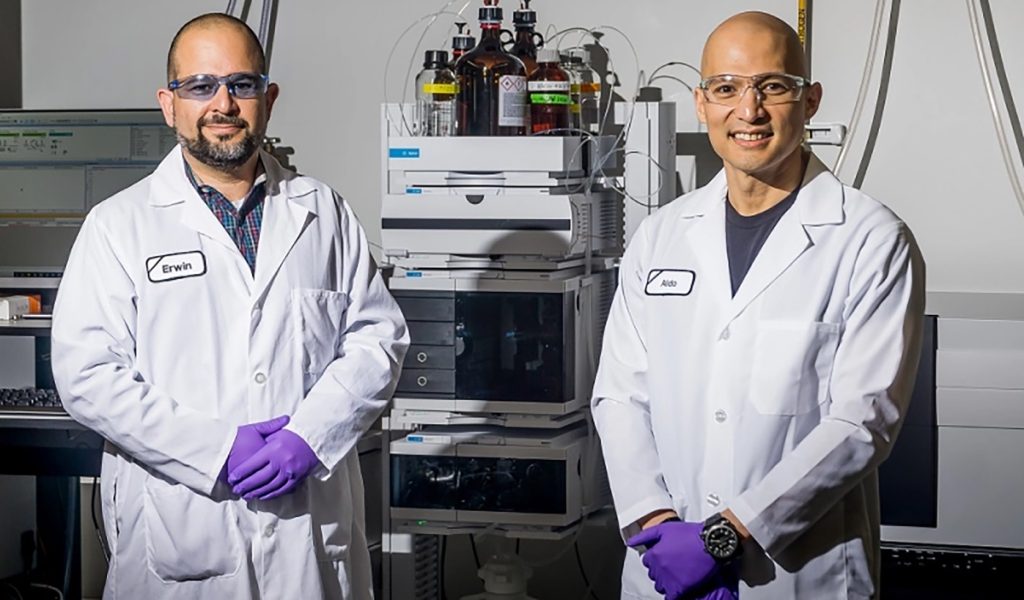OptiScan Biomedical, which focuses on patient monitoring in the intensive care unit, scored an FDA nod for its bedside device that continuously monitors patients’ glucose levels.
The OptiScanner 5000, which already has a CE mark, may now be used in surgical intensive care units (SICUs) to monitor plasma glucose levels and dysglycemia in patients, the company said in a statement. Earlier this year, OptiScan earned a CE mark for its follow-up device, the OptiScanner 6000, which tracks lactate levels, as well as glucose levels, nearly continuously.
An estimated 40% to 60% of ICU patients suffer from a temporary spike in blood glucose levels, while about 20% have pre-existing diabetes, the company said. Automating glucose monitoring would improve caregivers’ ability to control glucose in ICU patients; the alternative is manually measuring glucose levels in whole blood.
“There is a broad consensus in the medical community regarding the need for automated, continuous and highly accurate glucose monitoring in the ICU and my experience with the OptiScanner 5000 indicates that this device will play a critical role in delivering this enhanced level of care. I look forward to implementing this technology as soon as possible,” said Grant Bochicchio, M.D., chief of acute and critical care surgery at Washington University School of Medicine, in the statement.
The FDA clearance is based on a pivotal, multicenter trial involving 160 SICU patients. The study compared continuous glucose monitoring with the OptiScanner 5000 to standard glucose monitoring and found that OptiScan’s device was safe and accurate for use in the SICU.




